How Rising Construction Costs Affect Utah New Builds
How Rising Construction Costs Affect Utah New Builds
Utah’s real estate market has been booming for the past decade, fueled by population growth, job opportunities, and the state’s unique quality of life. But as more buyers look toward new builds for their dream homes, rising construction costs are creating challenges that impact both builders and buyers. From materials to labor, nearly every aspect of home construction has experienced price hikes, and these shifts are reshaping the market for new builds in Utah.
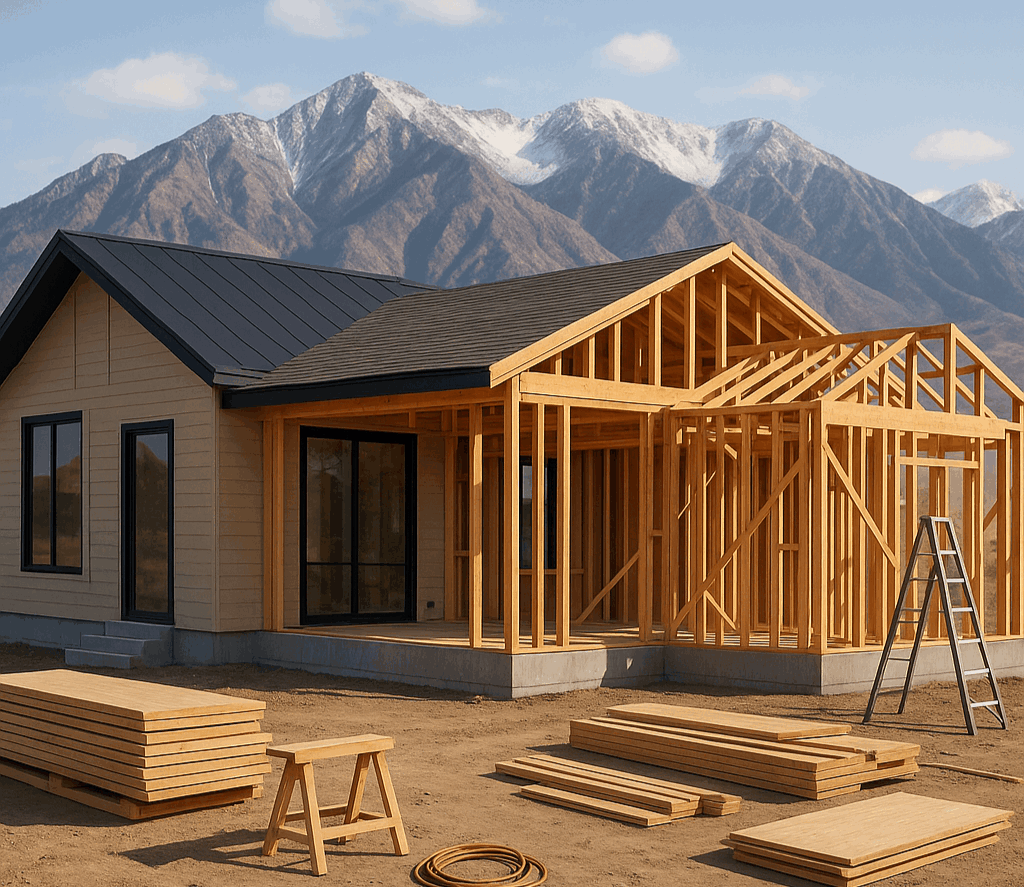
Why Construction Costs Are Rising
Several key factors are driving the increase in construction costs:
1. Supply Chain Disruptions
Global supply chain issues—first triggered by the pandemic and continuing due to international conflicts and shipping delays—have driven up the cost of essential materials like lumber, steel, and concrete. Builders in Utah are often forced to pay more and wait longer for deliveries.
2. Labor Shortages
Utah’s construction industry faces a shortage of skilled labor, with more projects underway than available workers. This supply-demand imbalance has driven up wages, increasing overall building expenses.
3. Inflation and Interest Rates
General inflation has affected everything from fuel to fixtures. On top of that, higher interest rates have added financing costs for both developers and buyers, pushing the final price tag of new builds higher.
4. Regulatory and Land Costs
Building codes, permit fees, and land acquisition expenses have steadily climbed in Utah, particularly along the Wasatch Front and in mountain communities like Park City and Ogden Valley. These costs add layers to the final price of new construction.
Impact on Utah Homebuyers
Rising construction costs ripple directly into the housing market, creating several noticeable effects for buyers:
-
Higher Home Prices – Buyers exploring new builds in Utah will face higher sticker prices, as builders pass increased material and labor costs along.
-
Smaller Homes or Fewer Upgrades – To stay within budget, many buyers opt for smaller floor plans or cut back on custom finishes and features.
-
Longer Wait Times – With materials harder to source and workers in short supply, timelines for new construction are stretching out. Delays of several months are increasingly common.
-
Financing Challenges – Higher interest rates, combined with higher home costs, reduce overall affordability for first-time buyers and families upgrading into a new build.
Impact on Utah Builders and Developers
Builders are also under pressure as costs rise. Many have had to adjust strategies in order to keep projects moving forward:
-
Redesigning Communities – Developers may build smaller homes or townhomes to balance affordability and profitability.
-
Delaying Projects – Rising costs sometimes force builders to pause or slow down developments until markets stabilize.
-
Exploring Alternatives – Some are turning to new building technologies, modular homes, or alternative materials to reduce costs.
Regional Considerations in Utah
The impact of rising construction costs isn’t uniform across the state.
-
Wasatch Front (Salt Lake City, Ogden, Provo) – High land demand and limited space amplify the effects of rising costs. Builders often pass almost all expenses onto buyers.
-
Ogden Valley & Park City – Luxury mountain communities see higher material and labor costs due to the difficulty of building in remote, elevated terrain.
-
Southern Utah (St. George, Cedar City) – Fast-growing areas face pressure from both land demand and the added costs of transporting materials long distances.
What Buyers Can Do
If you’re considering a new build in Utah, rising construction costs don’t necessarily mean you should give up. Here are a few strategies:
-
Get Pre-Approved Early – Lock in financing before interest rates rise further.
-
Work With a Local Realtor – Realtors with new-build experience can help you negotiate upgrades, incentives, or lot pricing.
-
Be Flexible on Timeline – Expect possible delays and plan your move accordingly.
-
Consider Semi-Custom or Spec Homes – Builders sometimes have inventory homes or partially built properties available at more competitive prices.
The Future of Utah New Builds
While construction costs remain high, long-term trends still favor new development in Utah. Population growth and housing demand aren’t slowing down. As supply chains stabilize and building technologies evolve, costs may level off. For now, though, both buyers and builders must adapt to the reality of a more expensive construction environment.
Final Thoughts
Rising construction costs in Utah are reshaping the landscape of new builds. Homebuyers need to budget carefully, remain flexible, and lean on local expertise when pursuing a new home. Builders, meanwhile, are innovating and adjusting to keep projects viable. With smart planning, navigating Utah’s new-build market is still possible—even in the face of rising costs.
Categories
Recent Posts
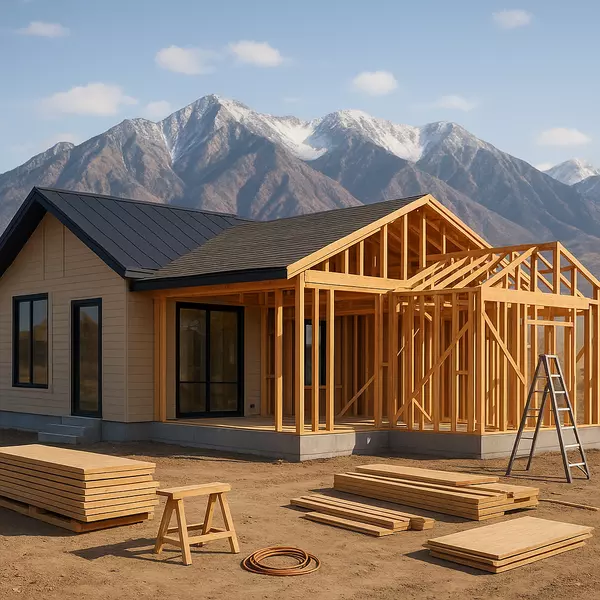


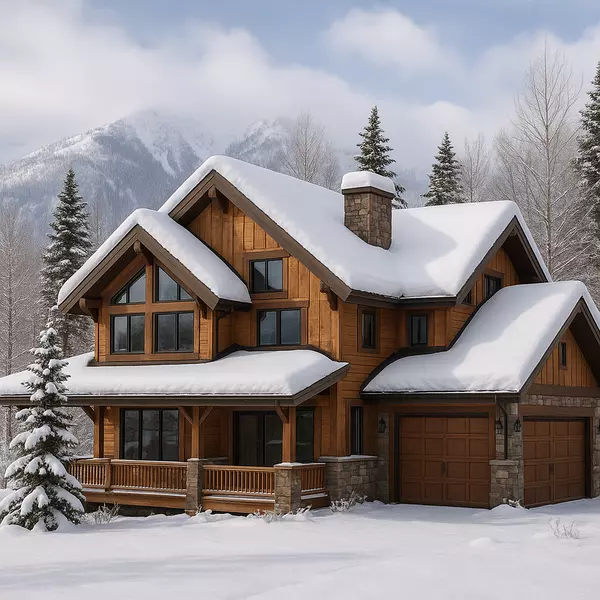
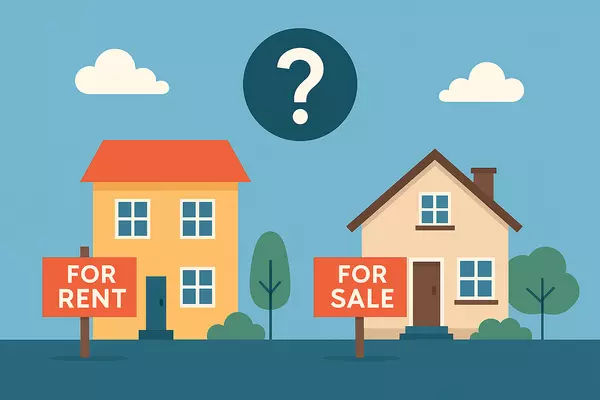
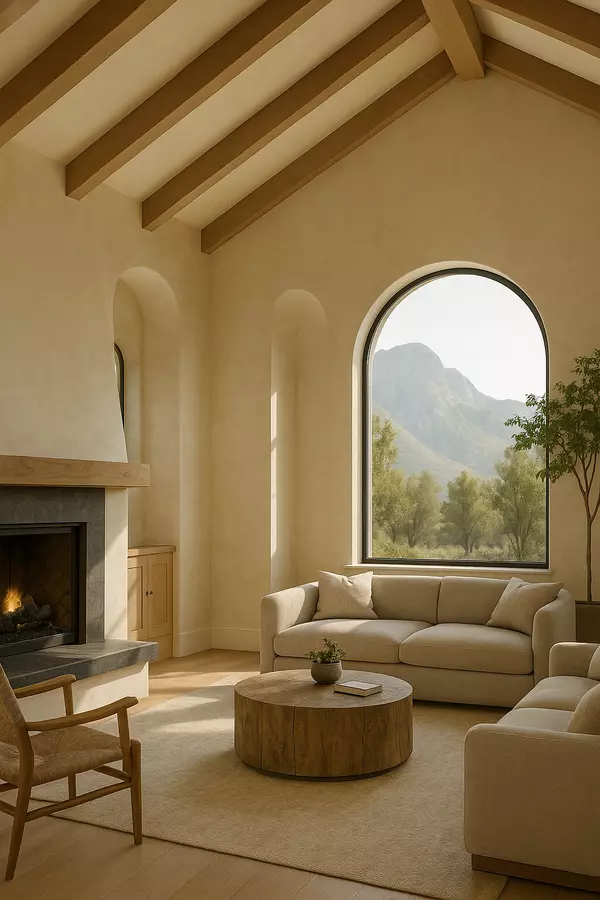
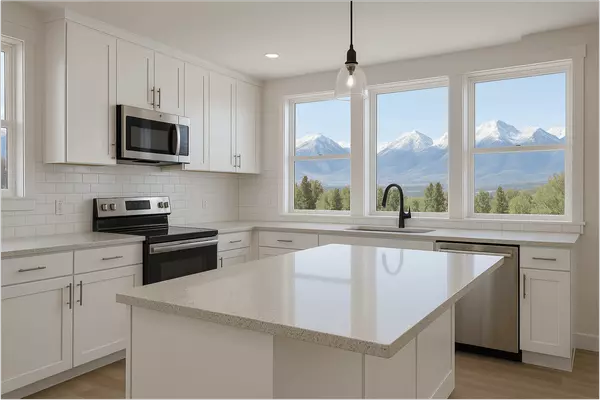
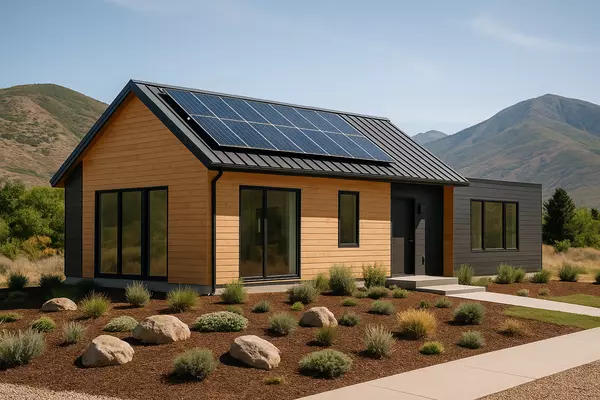
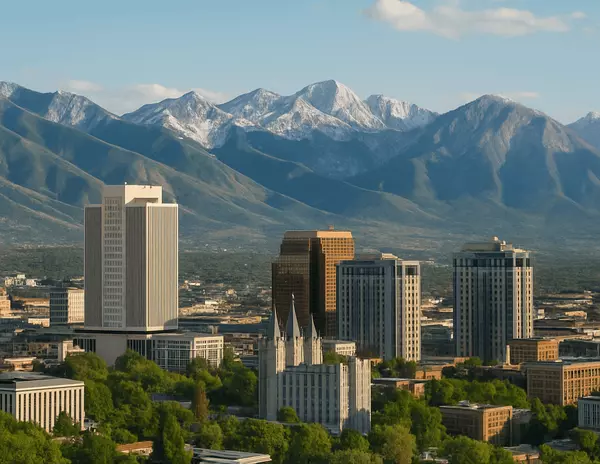
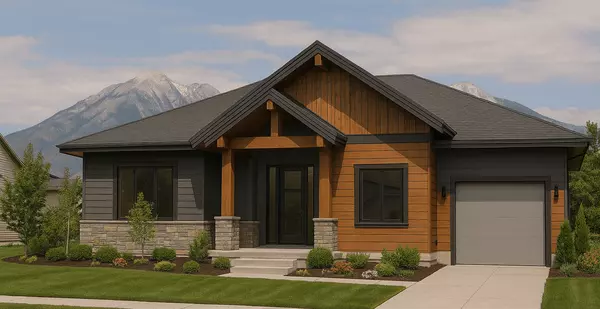
GET MORE INFORMATION

Agent | License ID: 14225128-SA00

